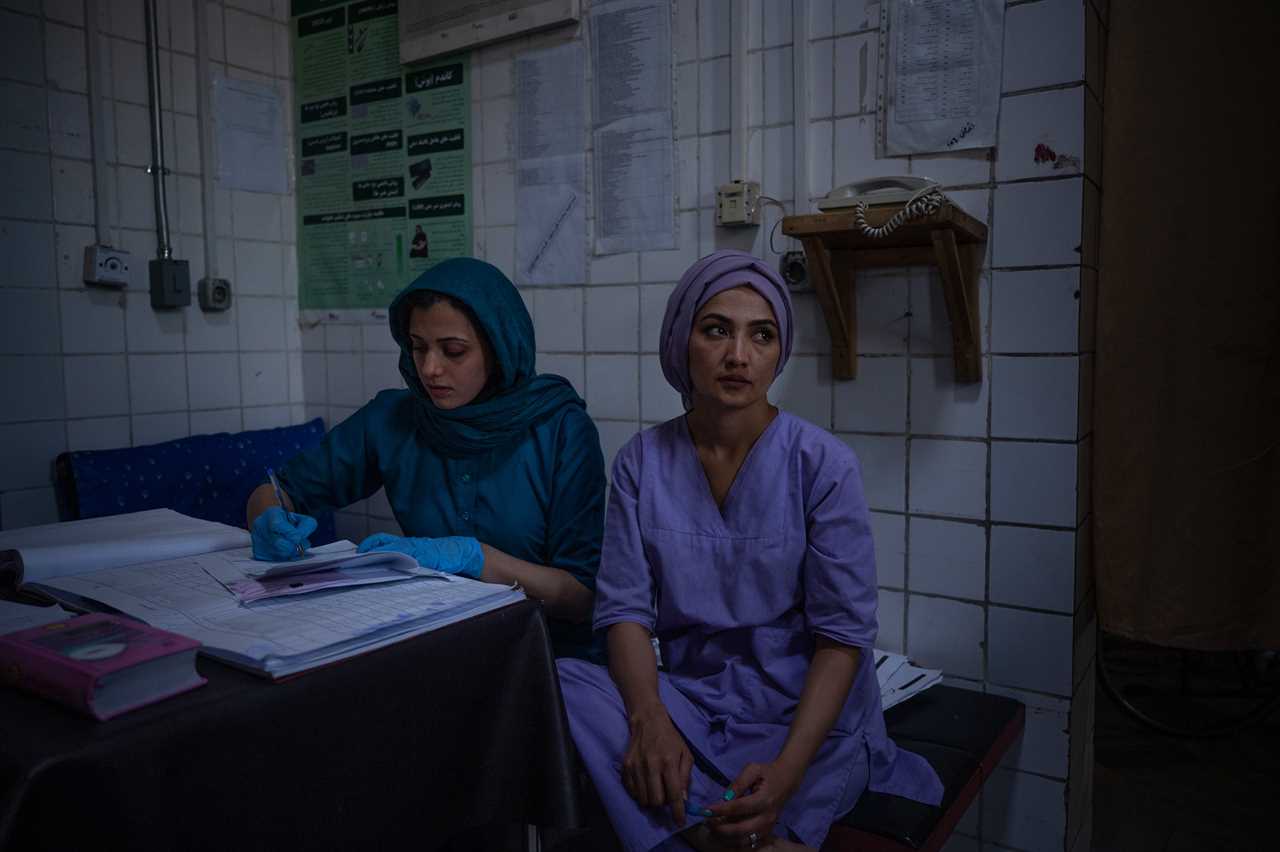
After Kabul fell to the Taliban on August 15, 2021, Western media assigned the group a new moniker: “Taliban 2.0.” Indeed, the Islamic fundamentalist group that had ruled Afghanistan in the latter half of the ’90s — overseeing a theocratic regime that repressed women, religious minorities and political opponents — promised to form an “open, inclusive Islamic government” and that women were “going to be very active in the society.”
Danish photographer Nanna Muus Steffensen, 36, has lived in Kabul since 2019. As the international media slowly turned away, Muus saw quickly how the Taliban began to renege on its promises and roll out a series of repressive measures, mostly targeted at Afghan women. The caretaker cabinet installed in September was comprised of hardliners — and no women. That same month, Afghanistan became the only country where girls could not attend high school. And in May, women were ordered to cover their faces in public and to only leave home when necessary. It was, says Muus, “a downward spiral over a year.”
Muus’ photographic work has explored the many ways — some everyday and some life-and-death — these restrictions have altered life in Kabul. Fewer women are seen on the streets, and the colorful clothing they once wore has been swapped for darker garments. Fewer women are allowed to work, contributing to an economic crisis in which more than 90 percent of Afghans are suffering from food insecurity. The plunge of middle-class families into poverty means many can no longer afford to go to private hospitals, inundating public maternity wards. And mental health issues are surfacing among a generation of women suddenly stripped of their professional and social selves. “Their whole identity has been taken away from them — their plans, their purpose, their future, their dreams,” Muus says.
The treatment of women in Afghanistan has become a leading indicator of the health of the society as a whole. In this intimate and knowing collection of photographs by Muus of the daily lives of women in Kabul we see the slow and steady regression of a country that has achieved autonomy but little else.
A collapsing medical system punishes women
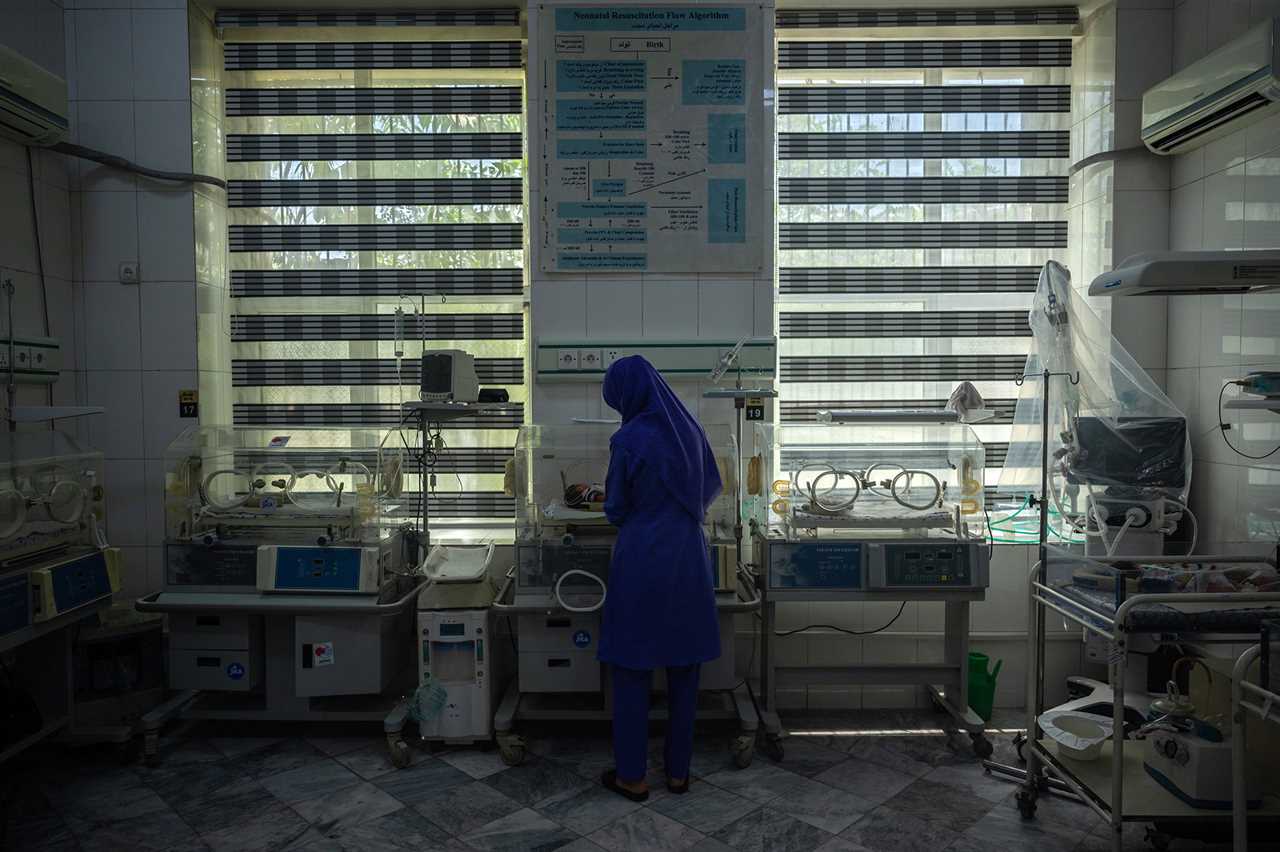
Foreign money that had funded a large portion of Afghanistan’s public health sector was pulled after Kabul fell. Medical staff went months without salaries, hospitals could not afford medications and many services closed. Muus recalled that some women would be told mid-labor: “You have to get a C-Section at the nearest clinic — it's an hour away and you have to pay a taxi to get there.”
At a maternity hospital Muus visited that went without funding for four months, pictured below, the head of the hospital was forced to purchase hand sanitizer, detergent, rice and cooking oil from her own pocket. Two NGOs eventually offered help and an international organization stepped in to run the hospital.
Yet, the hospital is overwhelmed with patients. Formerly middle-class women can no longer afford the 5,000 Afghanis ($55) to give birth at a private clinic — or even the 300 Afghanis ($3) for an ultrasound scan — meaning they come to public wards like this one. In past years, the hospital would see about 150 patients in 24 hours. Now, they have 400 in the same span.
The hunger crisis is also worsening maternal health outcomes: Mothers are malnourished, resulting in premature labor, more stillbirths and lower birth weights among babies. On top of this, the country has faced a brain drain, with some of the most qualified specialist medical staff fleeing Taliban rule.
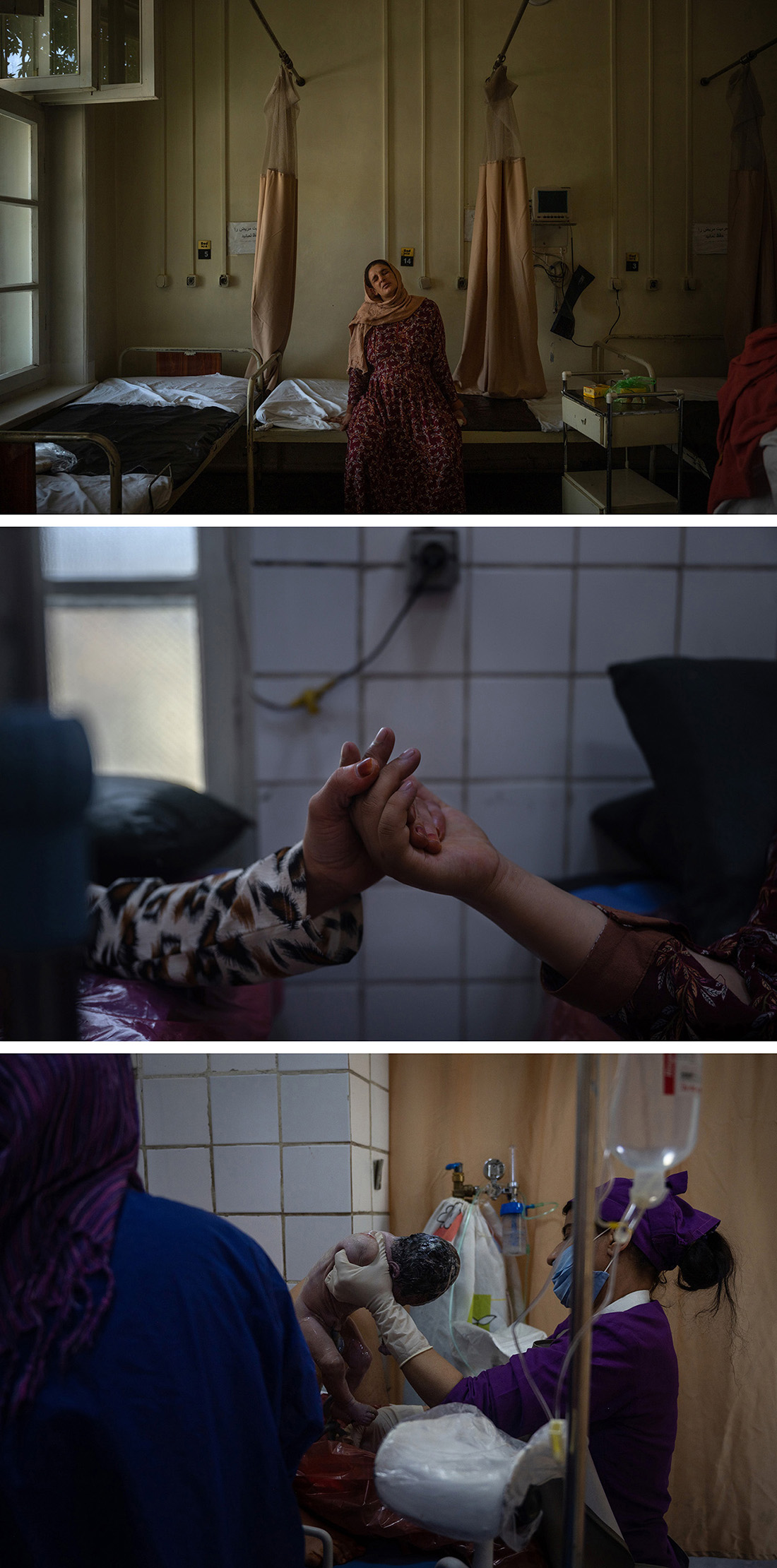
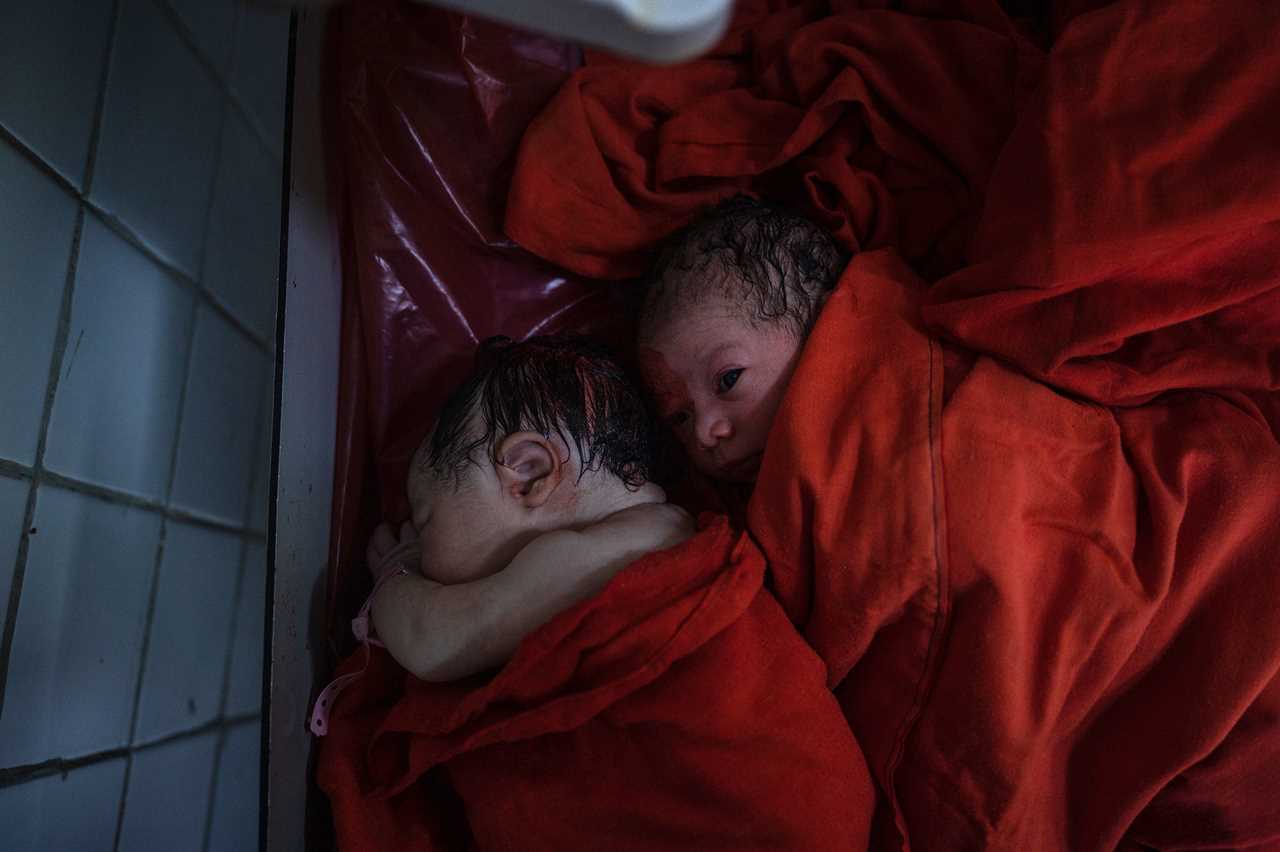
‘The Taliban don’t want them to participate in society’
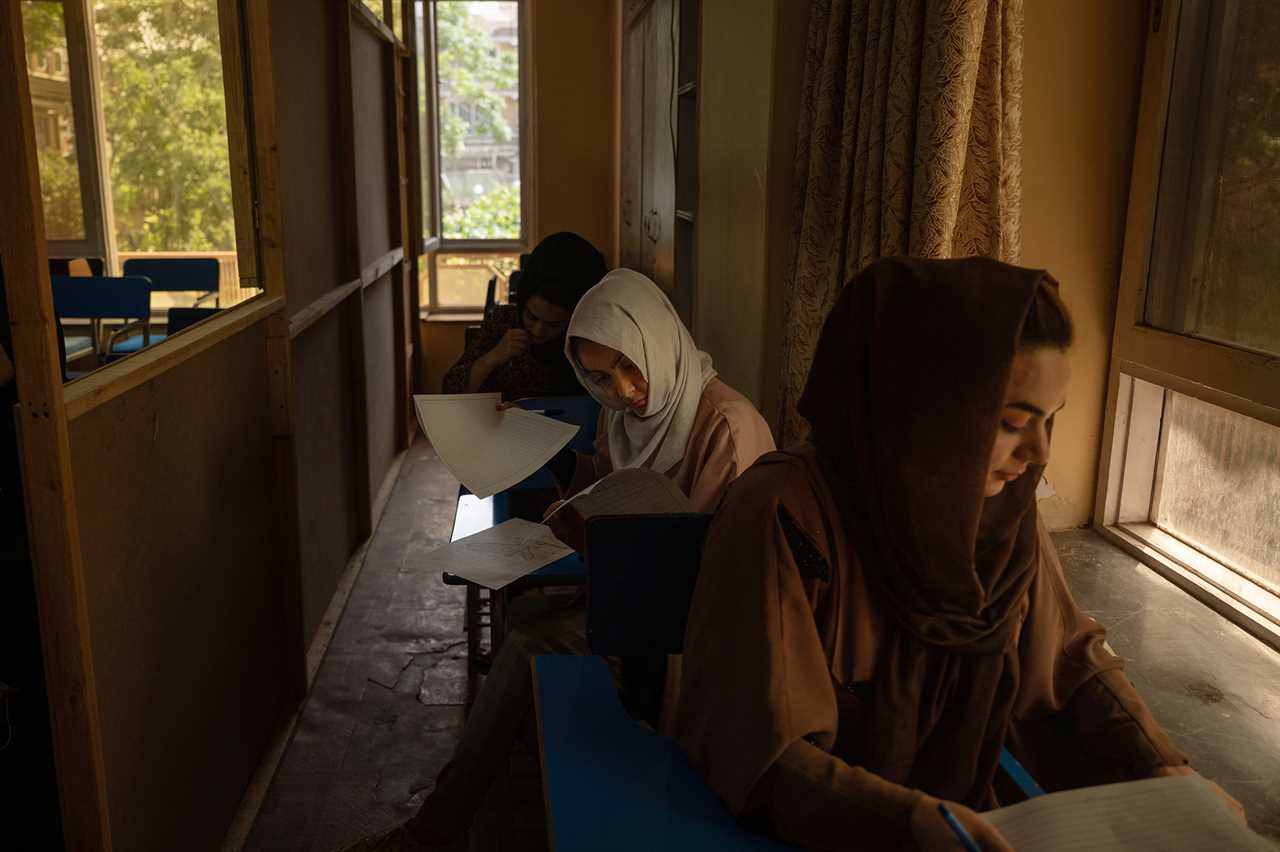
When the Taliban took power last August, schools and universities across the country shut down. Many feared women would be excluded from higher education, as they had been during the initial Taliban rule between 1996 and 2001. This ultimately didn’t happen — women were allowed to return to university, though classes were gender segregated.
Once this cycle of students has graduated, however, the Taliban policy prohibiting women from high school will serve as a de facto ban on women’s higher education, as girls will not be able to take the entrance exam, called “Kankor,” needed to apply for university.
“Women in universities see what this really is, which is that, except for the health sector, the Taliban don’t want them to participate in society outside of the home,” says Muus.
The private institution Muus photographed — which asked not to be named for fear of reprisal from the Taliban — told her the number of participating students in the last round of tests was down 50 percent, and it was mostly women missing. This is not only because of the girls’ education ban, but also because families struggling financially in the economic crisis do not have the money to send their daughters to university.
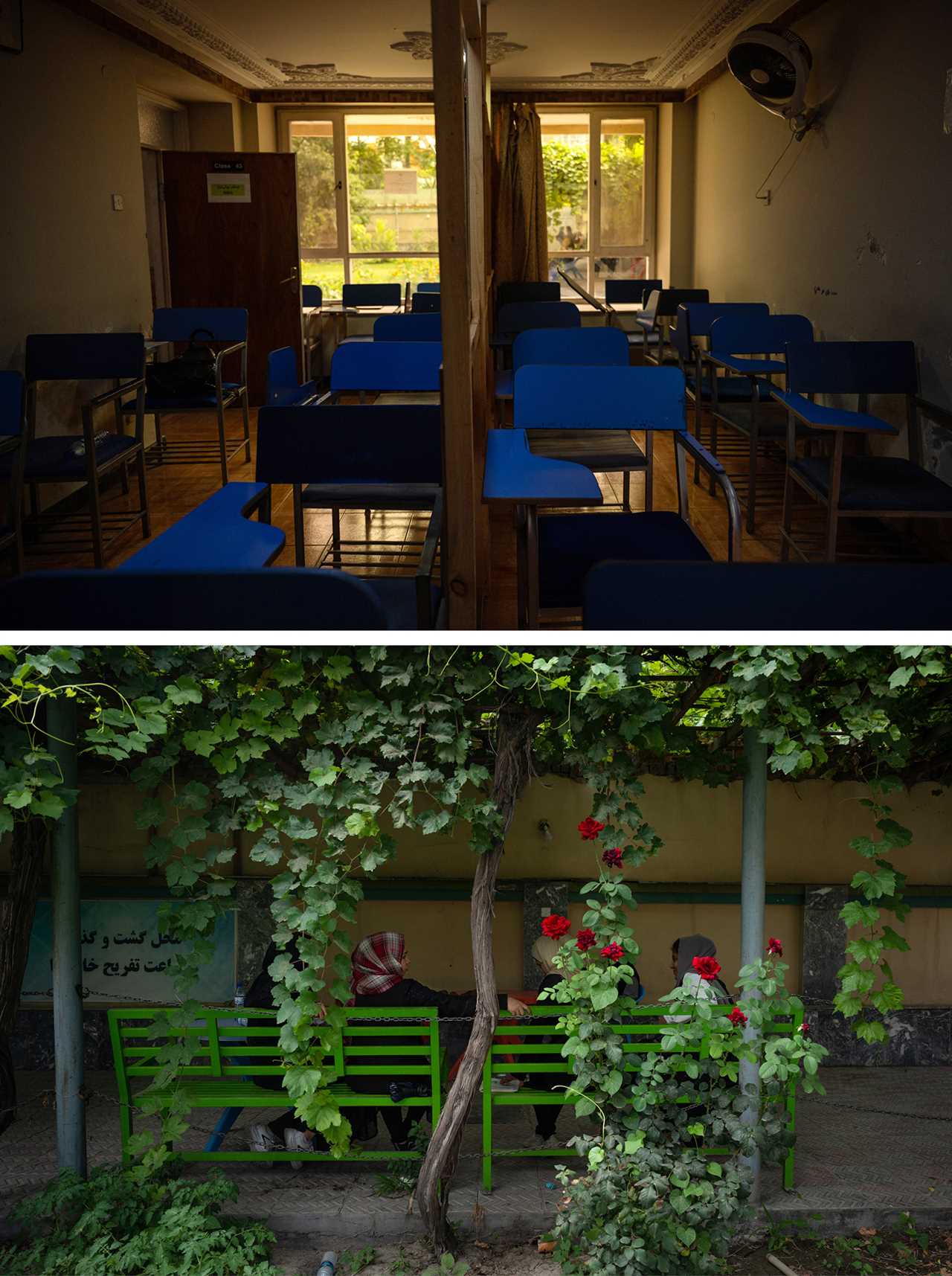
‘They are wilting away at home’

In Autumn 2021, boys and male teachers returned to classrooms for the first time since the Taliban takeover, leaving girls to wait at home for a decision on their educational fates. Girls’ secondary schools were set to reopen on March 23 — but the decision was reversed just as girls were pouring into the classrooms. Instead, they were sent home before classes began.
Now, girls — just like 17-year-old Husna and 19-year old Maryam pictured below — spend most of their days at home. Muus watched them prepare breakfast for their younger siblings in the morning, then do the dishes to the sound of Adele’s “Rolling in the Deep” and K-pop band BTS. Husna was “so hungry for learning,” Muus says, “that she picked up, I think, almost ten Danish sentences in about ten minutes.”
Without school, social life for girls has evaporated, causing an additional psychological toll. A Save the Children report published Wednesday showed 26 percent of Afghan girls demonstrating signs of depression, compared with 16 percent of boys. “They don’t have the network and support that they had before when going to school and seeing friends, or being encouraged by a good teacher,” says Muus. “As one bright girl I met put it: ‘They are wilting away at home.’”
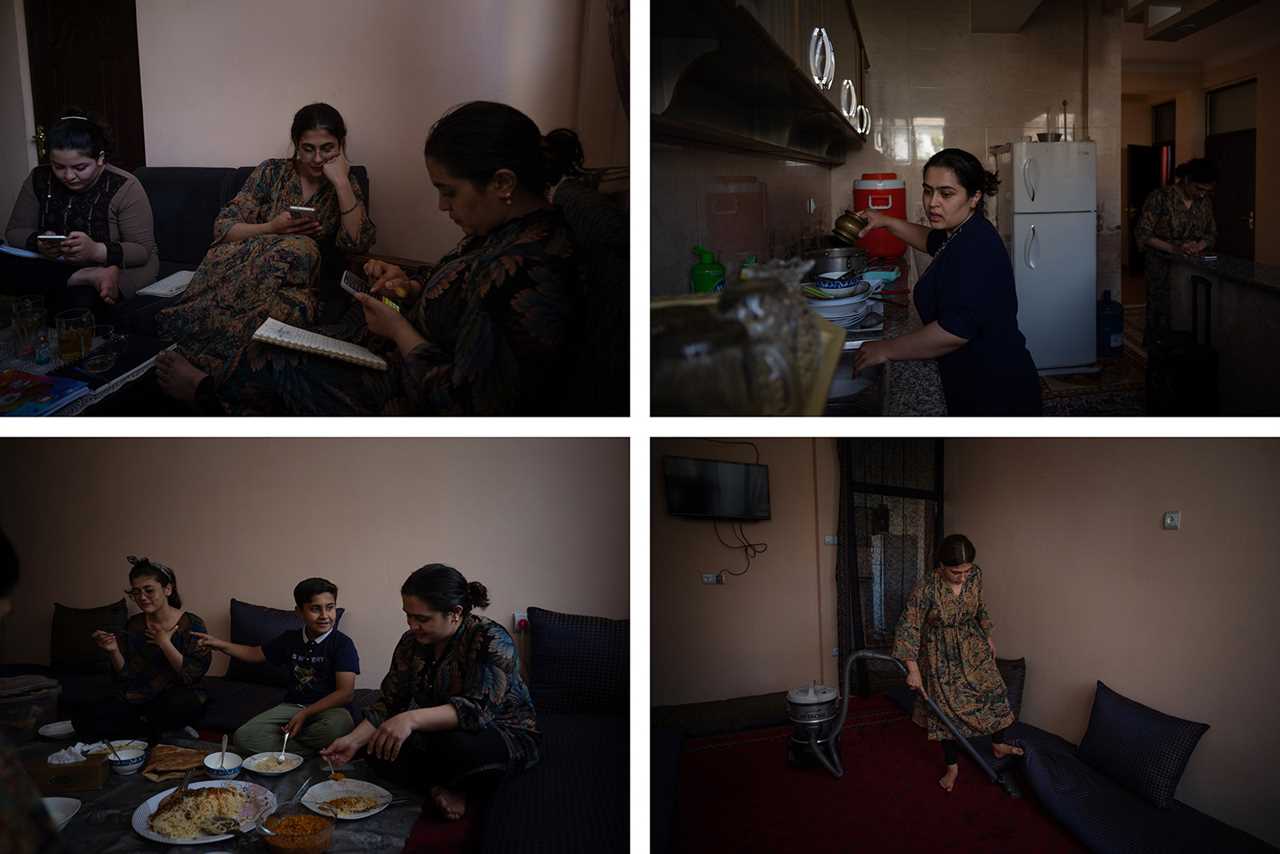
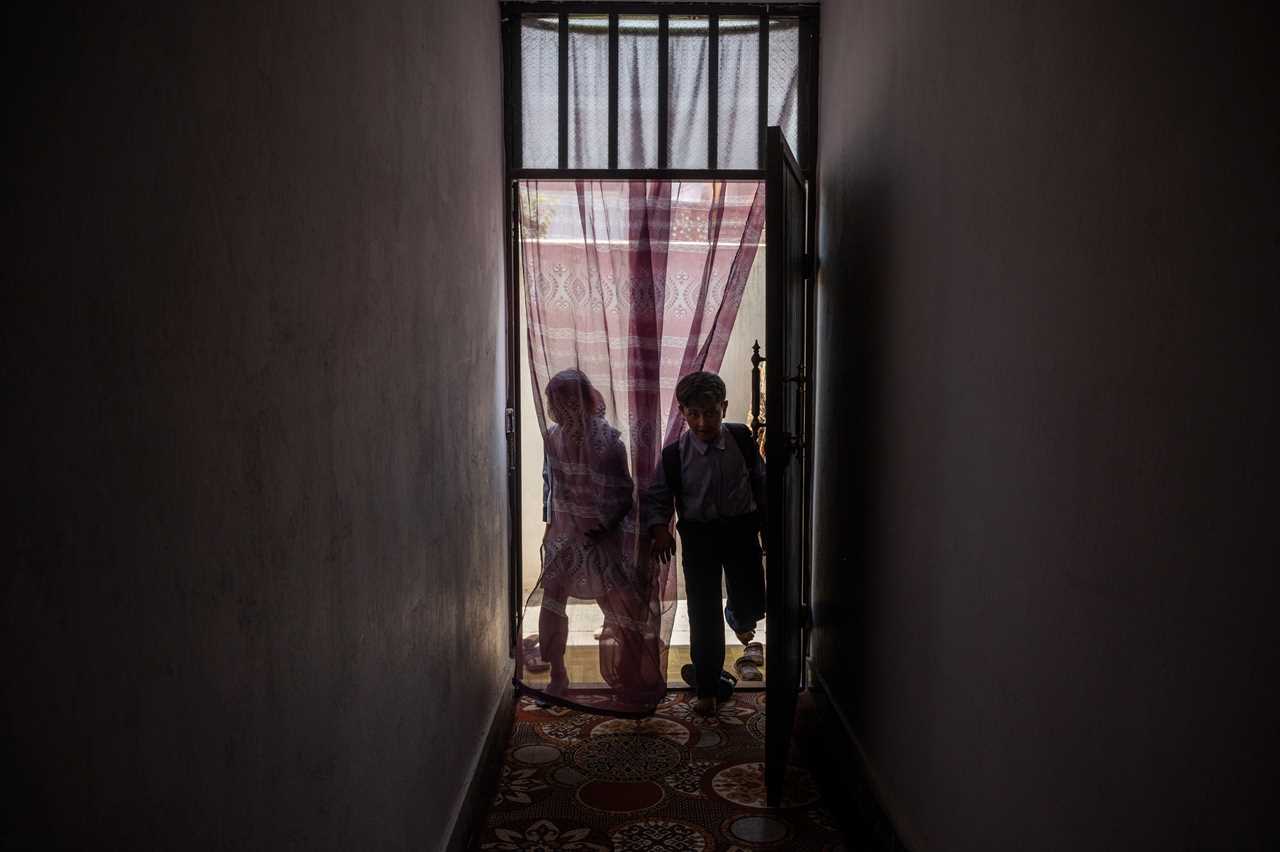
The price of avoiding public ‘provocation’
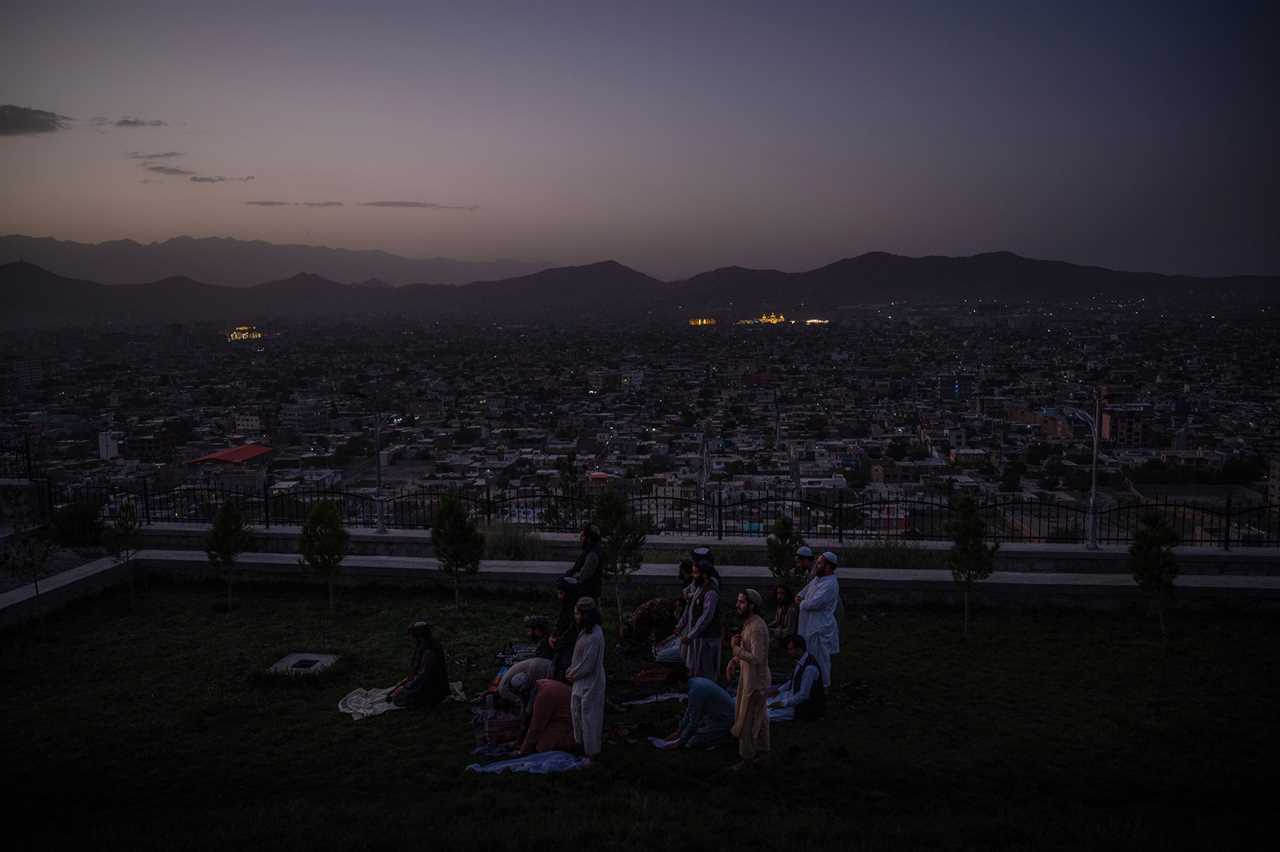
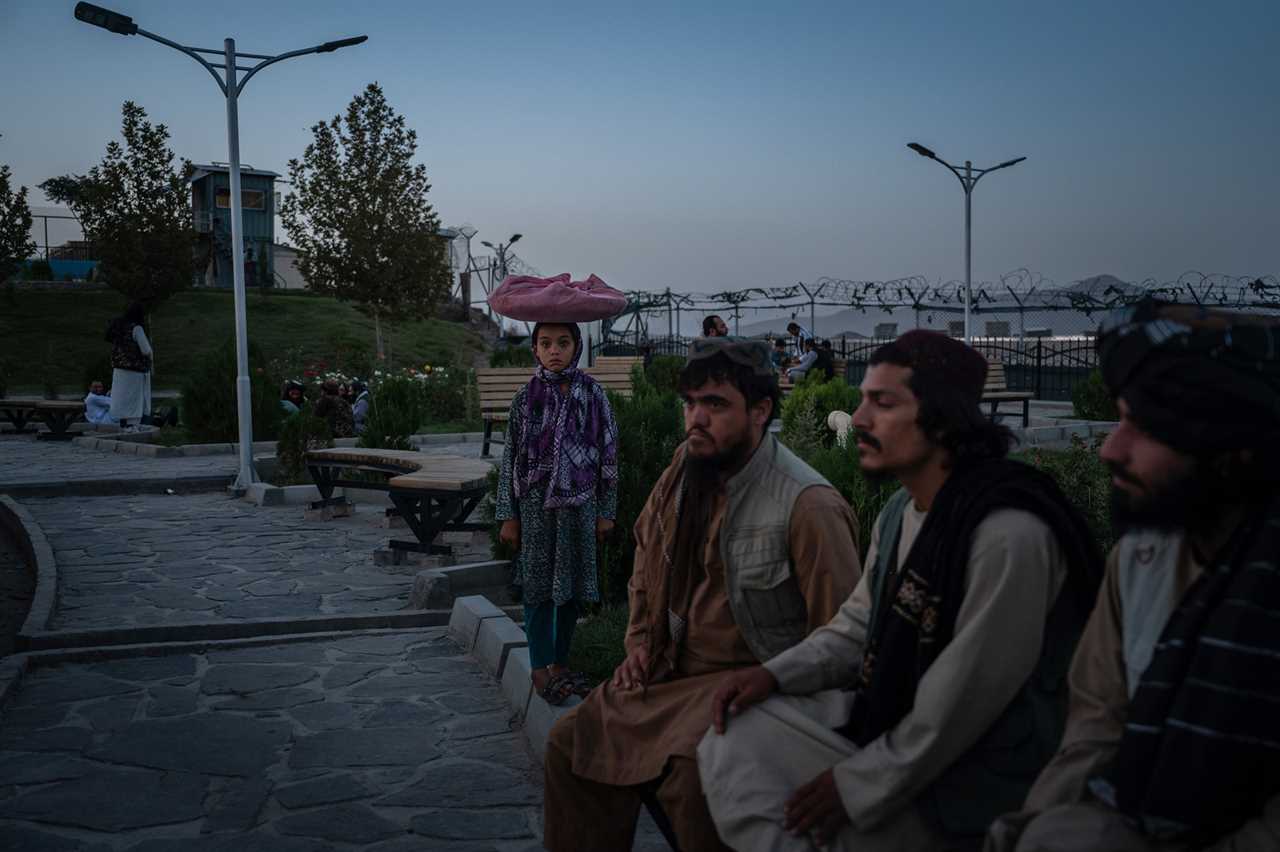
Over the past year, as the Taliban layered on gendered restrictions, Muus watched the public life of women shrink. A year ago, whole families would frequent the parks of Kabul, picnicking and taking selfies. Now, public spaces are often segregated by gender or have specific days on which only men or women can attend.
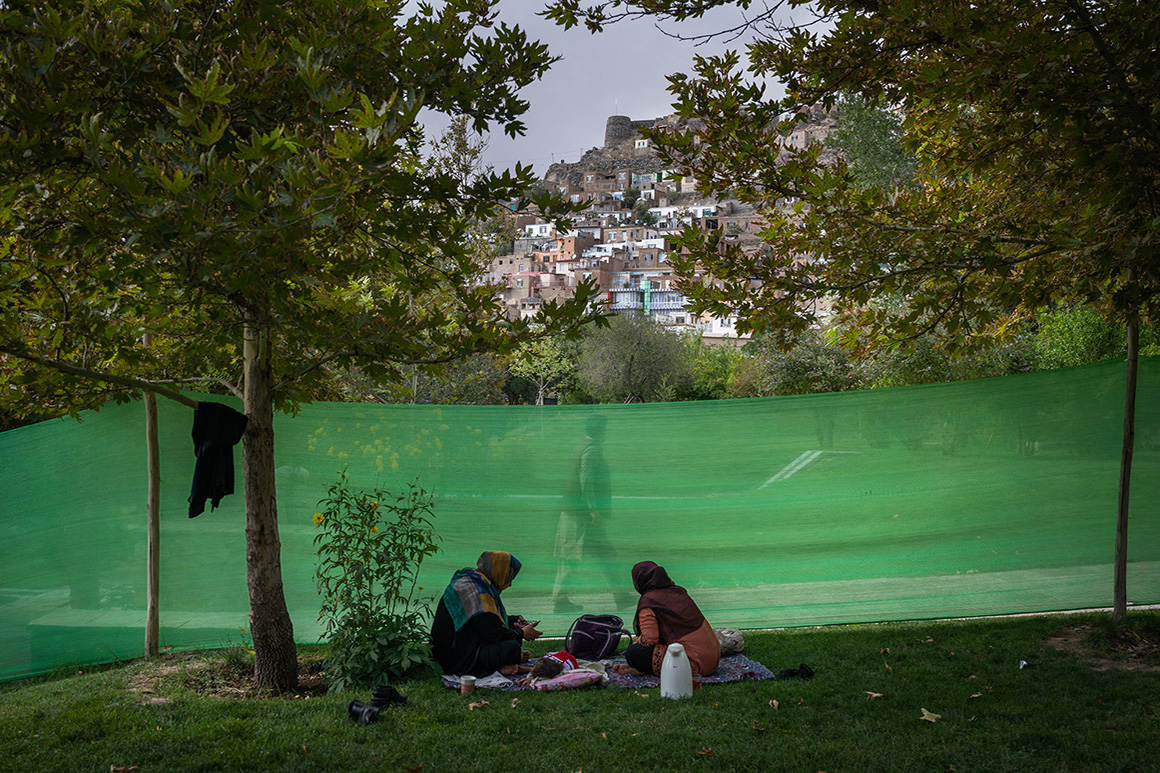
In December, the Taliban declared that women would be prohibited from traveling distances longer than 45 miles without a close male relative, or “mahram.” The order naturally restricts women from engaging in work or leisure at a distance from home. It also means that women who are experiencing domestic violence or abuse have fewer means of relief or escape.
In May, the Taliban ordered women to cover their faces in public. “Those women who are not too old or young must cover their face, except the eyes, as per sharia directives, in order to avoid provocation when meeting men who are not mahram,” the directive said. According to Muus, the law is implemented at random, creating fear and uncertainty amongst women.
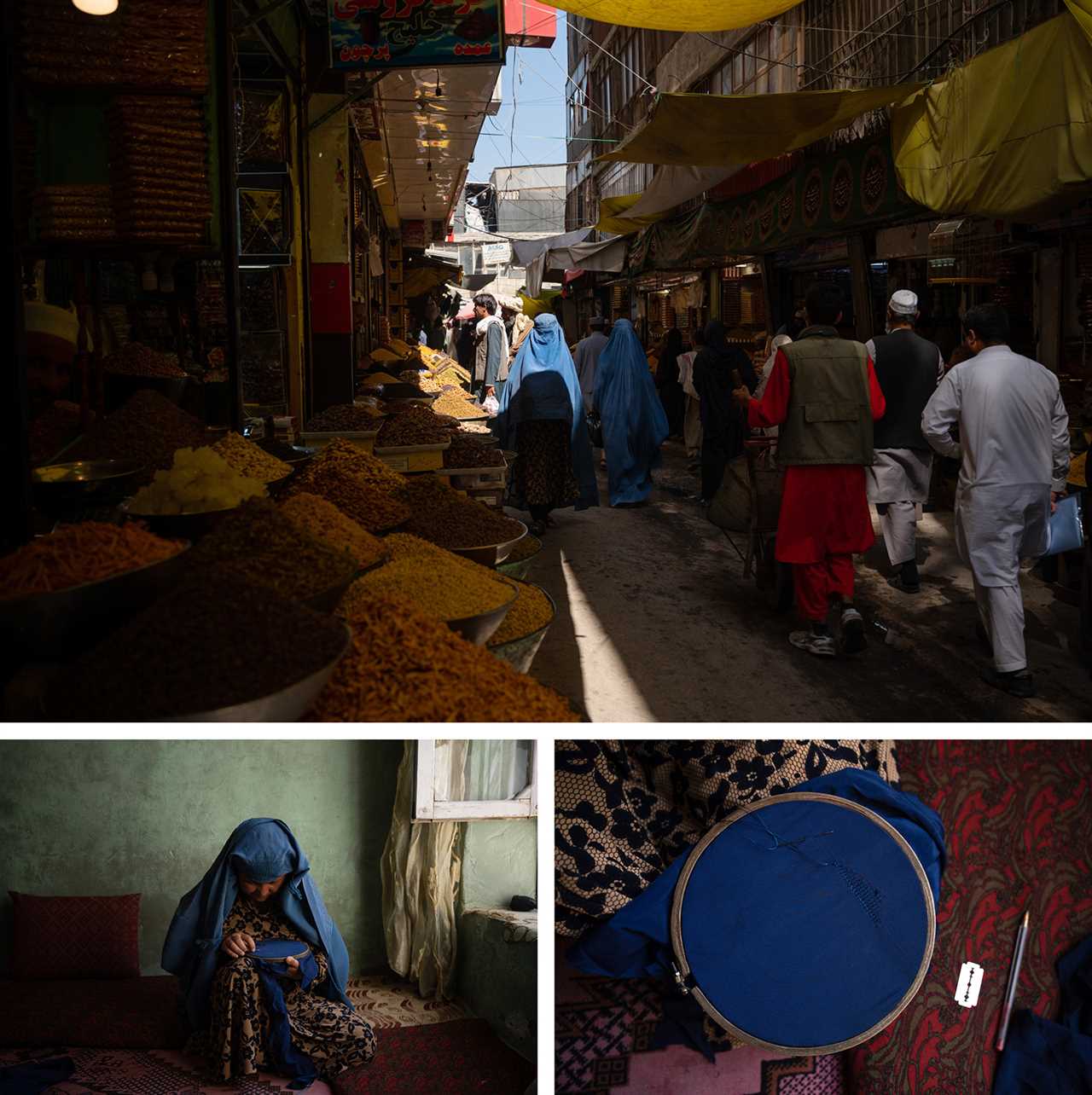
The all-covering burqas can cost 800 Afghanis ($9) and up — an expensive purchase for most women. Most burqas are made in China but delivered without the eye-covering net. Reyhan Gul, pictured above, makes the grids for burqas by hand, which she will sell for 10 Afghanis ($0.11) to shopkeepers. She is the sole breadwinner in her family as her husband is too sick to work. Five of their six daughters are out of school — three because of the girls’ secondary education ban, and two because the family cannot afford to buy pens and notebooks for them.
‘Murals were the soul of Kabul’
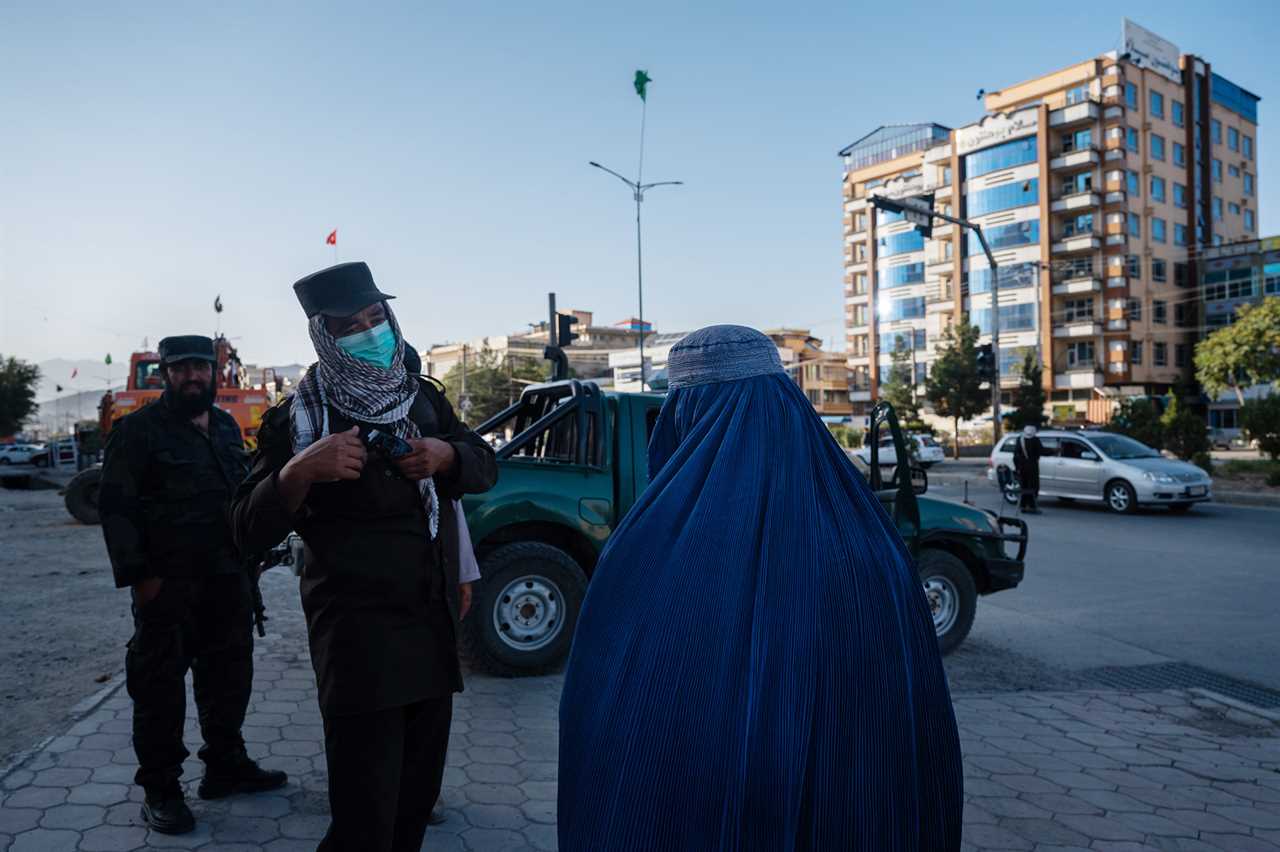
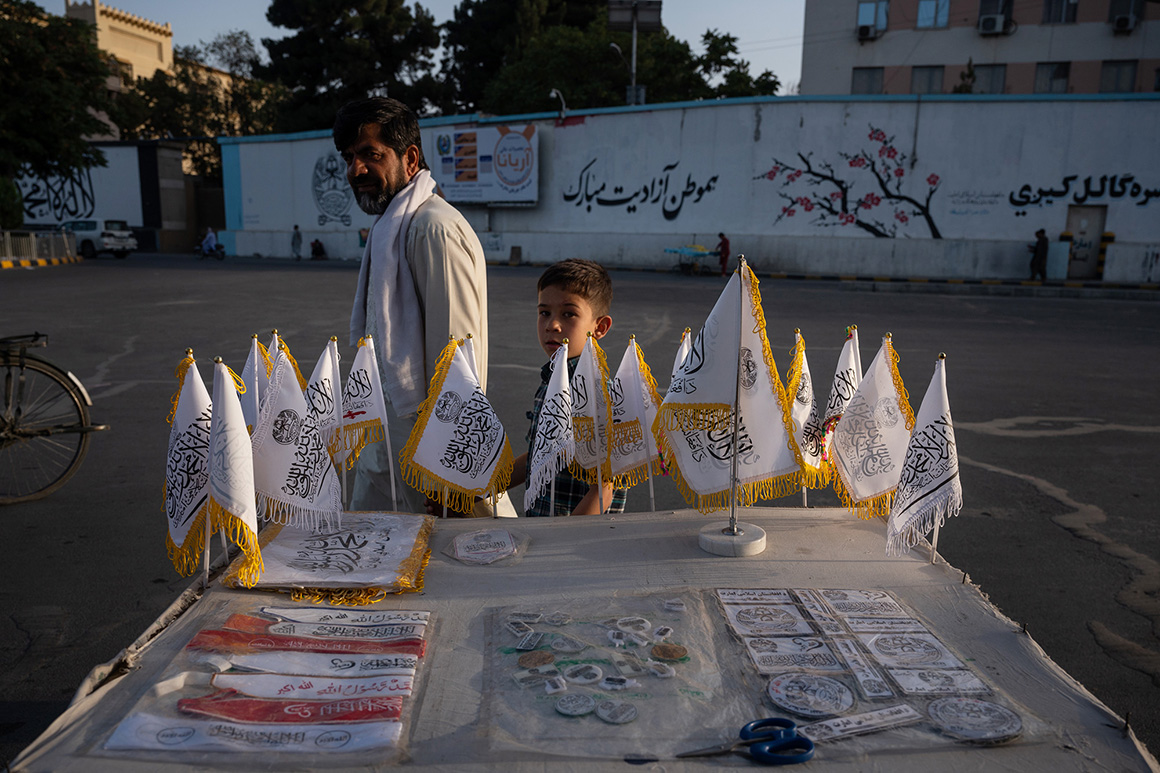
The blast walls of the U.S. embassy in Kabul were once covered with murals: one featured the Zohra orchestra, the country’s first all-female ensemble, another showed the Afghan Girls Robotics Team, which in 2017 competed in the U.S.
Now, the Taliban have painted over the art with the group’s flag, in a symbolic demonstration of their victory. As Muus was photographing the walls, a man in a passing car shouted “No more American embassy!” in English.
“Artlords,” a grassroots group of artists, spent eight years painting murals on the blast walls of a heavily militarized Kabul before the Taliban seized back power. “Some of these murals were the soul of Kabul,” Artlords cofounder Omaid Sharifi told the Guardian last year. “They gave beauty to the city and kindness to the people of Kabul who were suffering.”
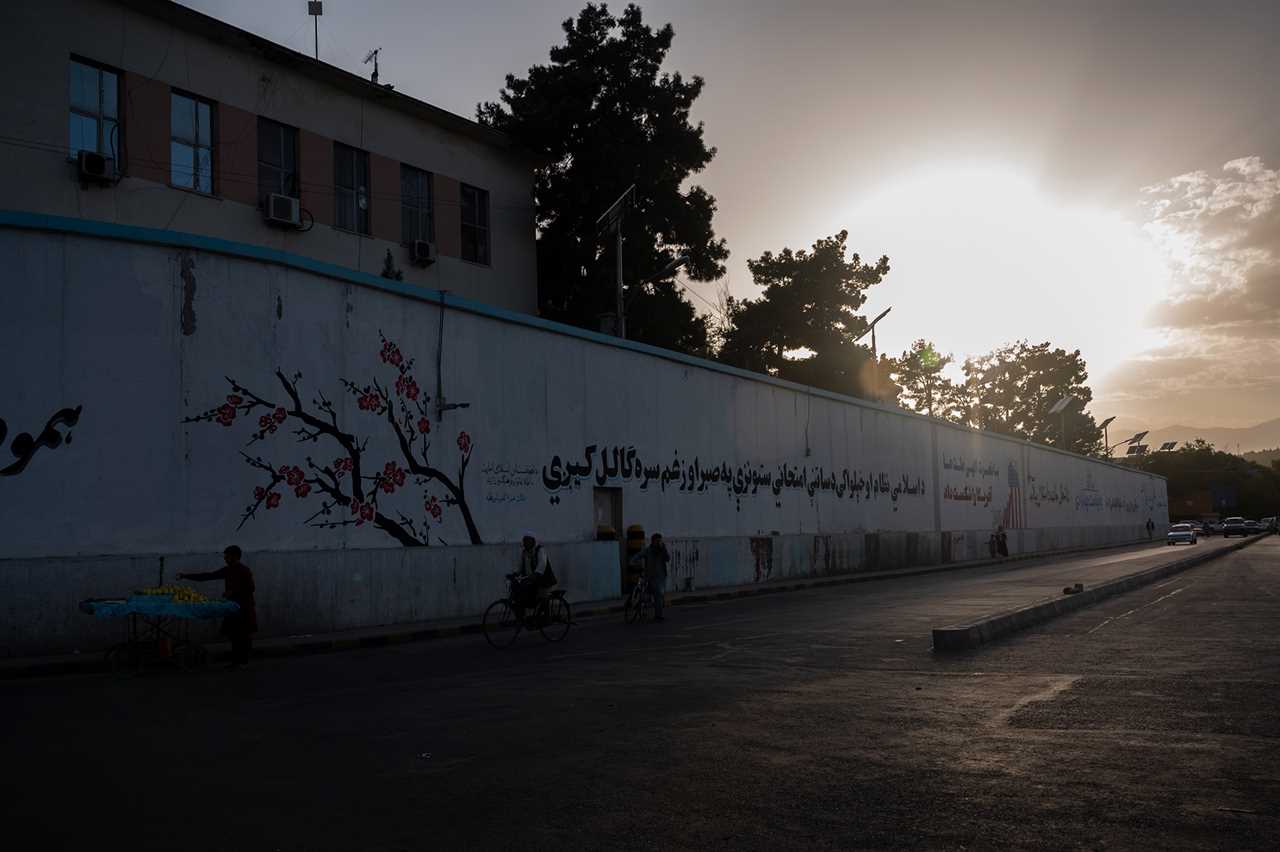
----------------------------------------
By: Ella Creamer and PHOTOGRAPHS BY NANNA MUUS STEFFENSEN FOR POLITICO
Title: ‘Their Whole Identity Has Been Taken From Them’
Sourced From: www.politico.com/news/magazine/2022/08/12/afghanistan-women-photo-essay-00051246
Published Date: Fri, 12 Aug 2022 03:30:00 EST
Did you miss our previous article...
https://consumernewsnetwork.com/politics-us/i-would-vote-for-you-if-you-had-a-penis-running-as-a-woman-in-2020






